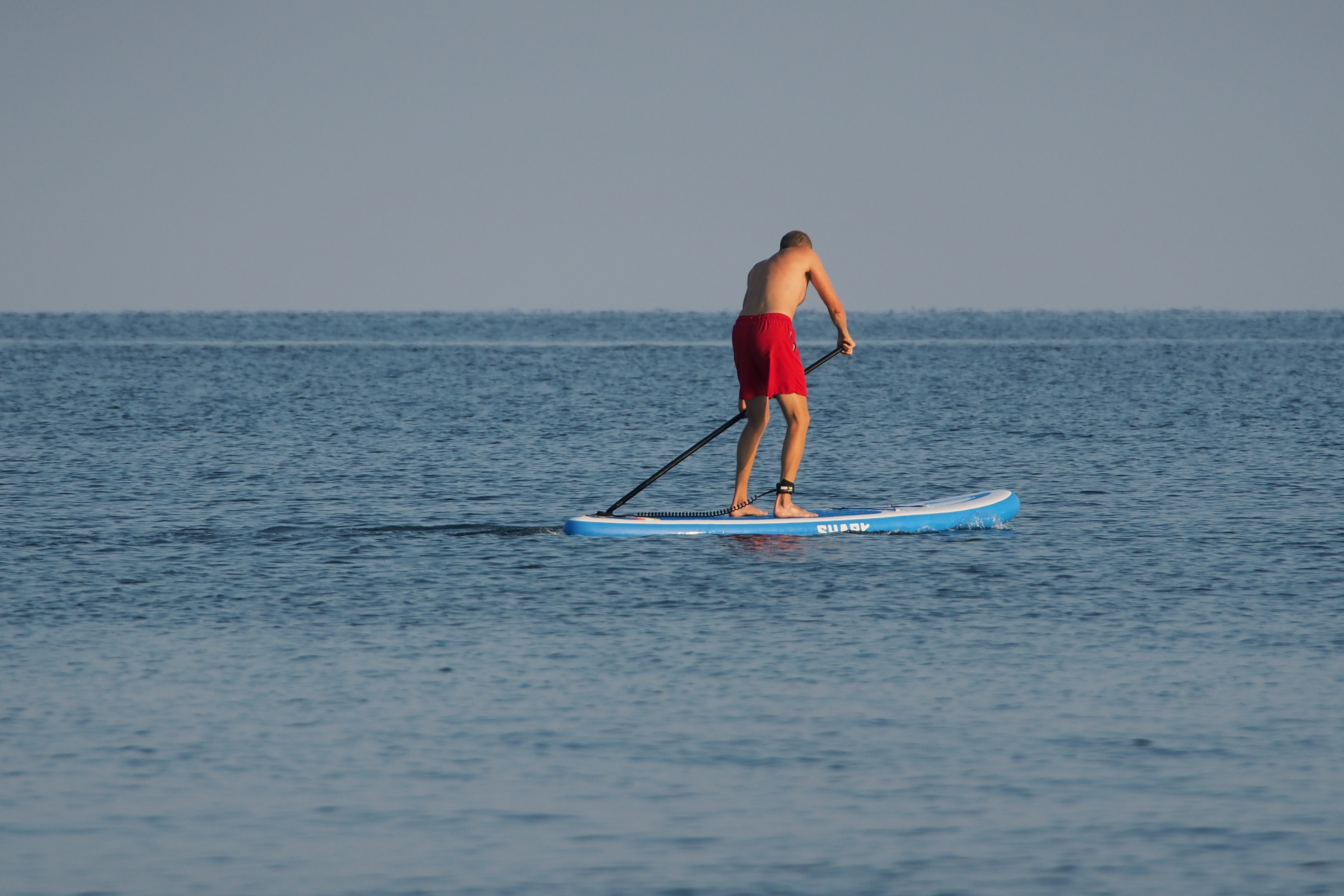Paddle boarding has become an amazing, fun activity that can be enjoyed in almost all bodies of water. All you have to do is bring a sturdy paddle, get on the board, and slowly make your way to your destination.
You can also paddle for exercise, and the thrill of exploring your surroundings and new territories. Beautiful things can be seen in areas that many people cannot get to by bigger boats. If you need a budget kayak, you can check out the Sun Dolphin Bali 10 option here.
However, because of the excitement and adventure, people often forget how dangerous paddle boarding can get. It’s important to consider some safety tips and strategies, which are listed below, so you can enjoy this hobby in peace.

Paddle Board Leashes
The paddle board leash connects your ankle to your paddle board. It plays an important role in ensuring that you are safely attach to your board. There are various types of paddle board leashes to choose from.
The style depends on which type of water condition you are paddle boarding in. If you are on the ocean, then a straight leash will do wonders for you. This type of leash will provide you with maximum safety, without dragging you through turbulent water.
If you are on flat water, then the coil leash is your best bet, because it will stay on top of the board and not drag you in the water.
If you are river paddling, it’s best to invest in a breakaway leash, to prevent you from getting tangled on some underwater branch or plant.
What To Monitor Before Paddling
Before paddling, it’s best to watch out for strong winds, swells, tides, and the sun. If the wind is strong, then this can be dangerous for inexperienced paddlers.
During windy days, you might find yourself struggling to stay afloat, and balancing might look pretty clumsy and troublesome. Therefore, it is important to check the strength of the wind before proceeding with this hobby.
Another factor to look out for is the swells. Swells can provide us with bigger and stronger waves, therefore, we would have tougher water to paddle on. These waves can add a great amount of difficulty, which will require some experience and physical strength to get through.
Another issue to be aware of are the tides, which are involved in ocean navigation on your paddle board. If you are aware of the tides, it will allow you to prepare, so they don’t carry you too far out.
If that happens, paddling back may take a long period of time, causing severe exhaustion. This is why you should check on potential tides before going out on the ocean.
Another thing that you should focus on is when the sun rises and sets. The last thing you want to do is paddle back to shore when it’s getting dark.
Knowing when the sun will rise or set can help you plan your adventure, so you will have enough time to get back safely to the shore.
Paddle With A Partner
It’s always fun to have an awesome paddling partner with you. Plus, it’s a wonderful idea to use the buddy system, to look out for each other during your paddling adventure.
After all, you never know when mishaps could happen. If something unfortunate were to happen, at least somebody is there to call for help.
Sunscreen
Sunscreens can prevent harmful UV rays from penetrating deeply into your skin. It is important to apply SPF 30 or higher sunscreen, 20 minutes before entering the water.
This way, you can protect yourself against sunburns and potential skin cancer. Also, the sun can severely dehydrate you, causing you to be even more tired than usual, especially with no sunscreen.
Conclusion
If you follow these safety tips, you will enjoy the fun-filled activity that is paddle boarding (check out our Hula 11 review here). You will be able to survive the adventure and share stories with your friends.
These safety tips can reduce the chance of injury, or other catastrophes from happening. In fact, through careful planning and preparations, you will be able to avoid the majority of disasters that can leave you stranded, or stuck floating in the water, waiting for help.
The last thing you want is to end up in the hospital, so take some precautions and enjoy your paddle boarding adventure!
